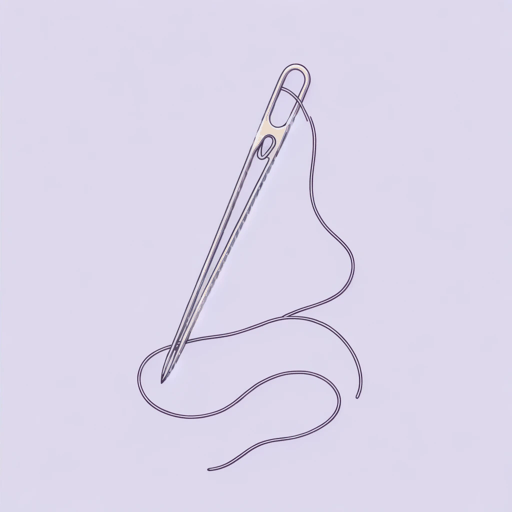18 pages • 36 minutes read
Alice Moore Dunbar-NelsonI Sit and Sew
Fiction | Poem | Adult | Published in 1988A modern alternative to SparkNotes and CliffsNotes, SuperSummary offers high-quality Study Guides with detailed chapter summaries and analysis of major themes, characters, and more.
Symbols & Motifs
Death, Trauma, and The Afterlife
The speaker identifies the difference between the soldiers and “lesser souls” (Line 5) as having seen death. This experience gives the soldiers special insight and wisdom “beyond the ken” (Line 4) of those who have not witnessed the horror of battle. This insight allows those who bear it to “hold their lives but as a breath” (Line 6)—an ambiguous phrase that might refer to the brevity of life and its fragility, or a kind of dissociation and devaluation of individual life brought on by trauma and terror. The speaker exists between these worlds, where she can hear the cries not only of the living, but also the “slain” (Line 18), as if they too exist in this created space. She longs to leave the safety of her place of observation and remove in order to visit the battlefield, “that holocaust of hell” (Line 13) and rejects the more heavenly “roseate dream” (Line 19).
Body Imagery
The speaker and her subjects, the soldiers, emerge in fractured forms, disintegrated pieces. The soldiers appear as a “martial tred” (Line 3) and “grim-faced, stern-eyed” (Line 4), generalized and dismantled. The speaker is hands and head in Line 2, and heart in Line 8. Only in the last stanza are both the speaker and the soldiers completely formed, but separate from one another: she, “beneath my homely thatch” (Line 16) while they “lie in sodden mud” (Line 17).

